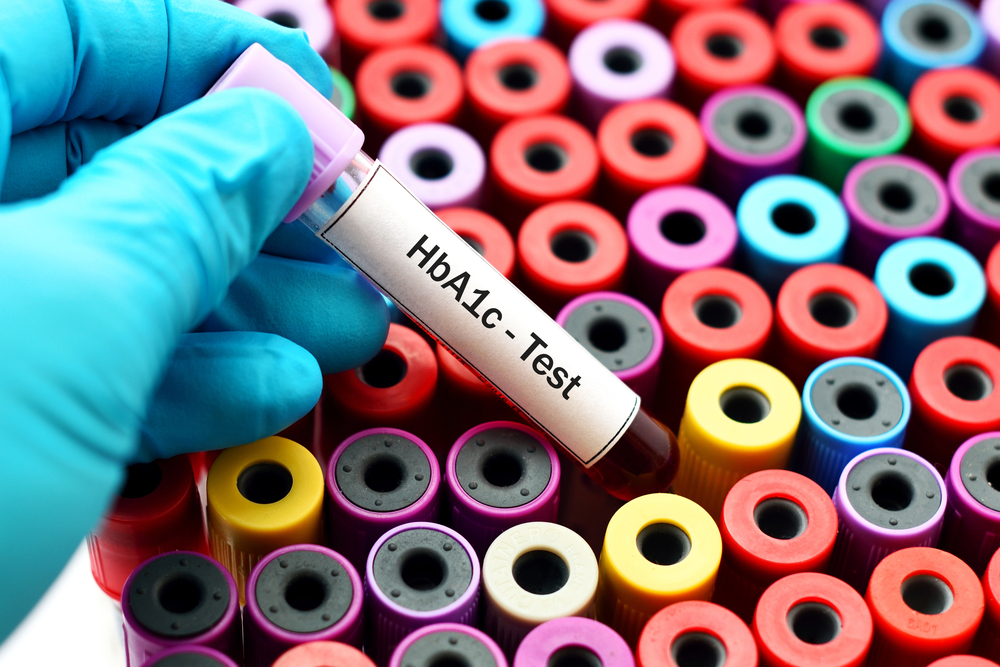Glucose Tolerance Test (GTT): Procedure and Results

Diabetes is a complex condition that requires constant monitoring of blood glucose levels to manage it effectively. The Glucose Tolerance Test (GTT) is a diagnostic tool used for assessing how the body handles glucose. It is useful for screening for different types of diabetes and creating treatment plans accordingly. It also helps with the diagnosis of several non-diabetic conditions.
This article explores the GTT test, its indications, how to prepare for it, and more.
What is a Glucose Tolerance Test?
The Glucose Tolerance Test is an in-depth procedure to measure the body’s response to glucose. It exists in two main forms: oral (OGTT) and intravenous (IVGTT).
In an OGTT, the patient consumes a glucose-rich drink, whereas in an IVGTT, glucose is administered intravenously. The principle behind the test is to monitor how effectively the body processes the glucose over time.
Blood glucose levels are measured at specific intervals following glucose administration to understand how the body’s insulin response functions. A typical GTT test can indicate the efficiency of the pancreas in producing insulin and the body’s overall ability to utilise glucose.
What are the Indications for the GTT Test?
The Glucose Tolerance Test (GTT) is a versatile diagnostic test, crucial in the detection and management of various types of diabetes, including Type 1, Type 2, and particularly gestational diabetes. The test is particularly vital for glucose tolerance test pregnancy assessments, as it is specifically designed to determine how the body manages glucose during this period.
The tolerance test is also instrumental in identifying several non-diabetic conditions that are characterised by abnormal glucose metabolism. For example, it can help detect polycystic ovary syndrome (PCOS), a hormonal disorder common among women of reproductive age. It can also diagnose reactive hypoglycemia, a condition where blood sugar drops excessively post-glucose intake.
How to Prepare for a Glucose Tolerance Test?
Preparing for the Glucose Tolerance Test is necessary to obtain reliable and accurate results. The preparation begins with a fasting period, typically required to last overnight, for about 8 to 14 hours before the test. During this time, patients should avoid all food and drink, except water, to ensure that initial blood glucose levels are not influenced by recent food intake.
In addition to fasting, patients are advised to maintain their normal diet in the days before the test. Drastic changes in eating habits can alter the body’s glucose metabolism, which might lead to misleading test outcomes.
Patients must consult their healthcare provider regarding any prescription or over-the-counter medications they are taking. Some medications can affect blood sugar levels and may need to be adjusted or temporarily halted.
What is the Glucose Tolerance Test Procedure?
Here’s a step-by-step overview of the test:
- The procedure commences with an initial blood draw to determine the blood glucose level.
- Next, the patient is given a glucose-rich solution either orally or intravenously.
- After the glucose intake, blood samples are collected at regular intervals. These intervals usually span every 30 to 60 minutes and continue for two to three hours. The timing of these samples is crucial in monitoring the glucose absorption and utilisation process.
- Depending on the specific circumstances, such as during pregnancy, the GTT test may be adapted. For instance, the concentration of glucose in the solution or the timing of blood samples might be adjusted to better suit the patient’s condition.
- The collected samples are used to analyse the body’s glucose metabolism.
How to Interpret GTT Test Results?
Interpreting the results of a Tolerance Test is a critical step in diagnosing and managing glucose metabolism disorders. The outcomes are categorised as follows:
- Normal Range: Blood glucose less than 140 mg/dL (7.8 mmol/L) two hours after drinking the glucose solution lies within the normal range. It indicates efficient glucose metabolism and a low risk of diabetes.
- Borderline or Prediabetic Range: Blood glucose levels between 140 and 199 mg/dL (7.8 to 11.0 mmol/L) two hours post-glucose intake. This suggests impaired glucose metabolism and a higher risk of developing diabetes in the future.
- Diabetic Range: Blood glucose 200 mg/dL (11.1 mmol/L) or higher two hours after consuming the glucose. It indicates diabetes, reflecting significantly impaired glucose processing ability.
Factors such as age, pregnancy, and existing health conditions are considered in the interpretation, as they can significantly influence the body’s response to glucose.
The Glucose Tolerance Test is a vital diagnostic tool in detecting and managing glucose-related disorders, notably diabetes. Individuals must consult healthcare professionals for personalised advice and testing to ensure accurate diagnosis and effective management of their health conditions.
FAQs
1. Can I eat or drink before the Glucose Tolerance Test?
Fasting is essential before a GTT test to obtain accurate results. Patients are typically instructed to fast overnight, refraining from eating or drinking anything except water.
2. What do the results of a GTT indicate?
The GTT results indicate how effectively the body processes glucose. Normal levels signify efficient glucose metabolism, while high levels suggest diabetes or impaired glucose handling.
3. Is the GTT safe during pregnancy?
The GTT is generally considered safe during pregnancy, but it may be modified to suit the pregnant woman’s condition.














